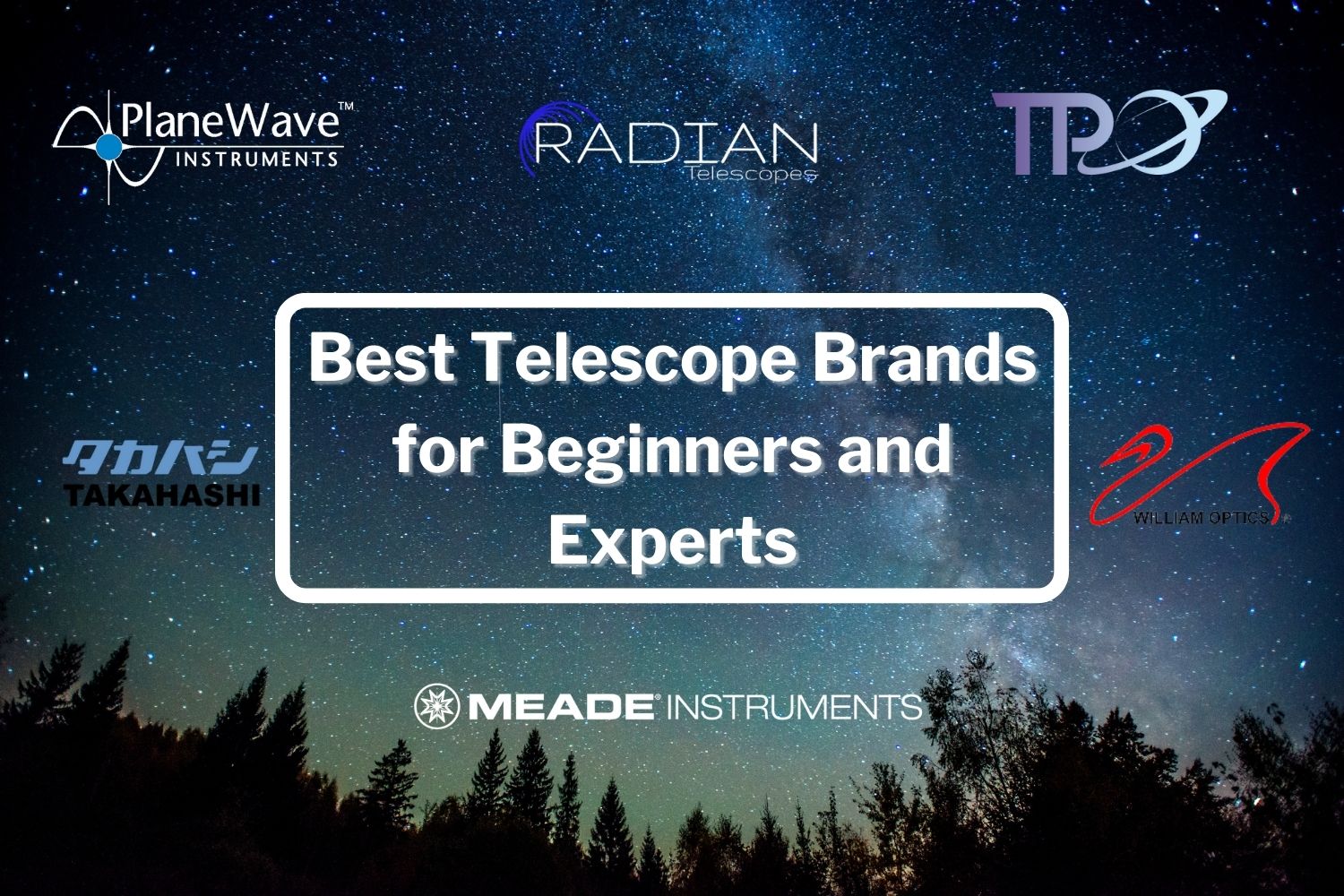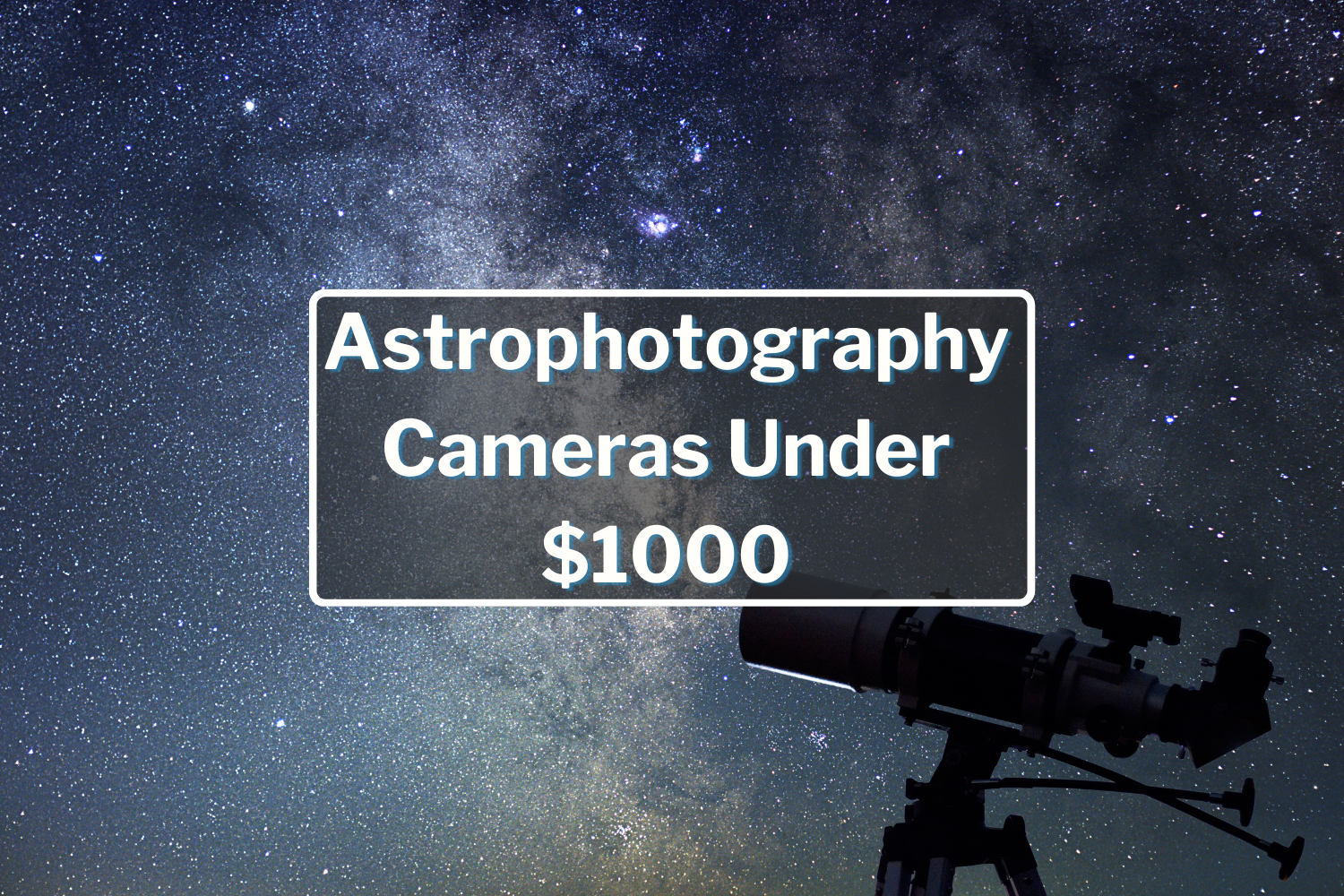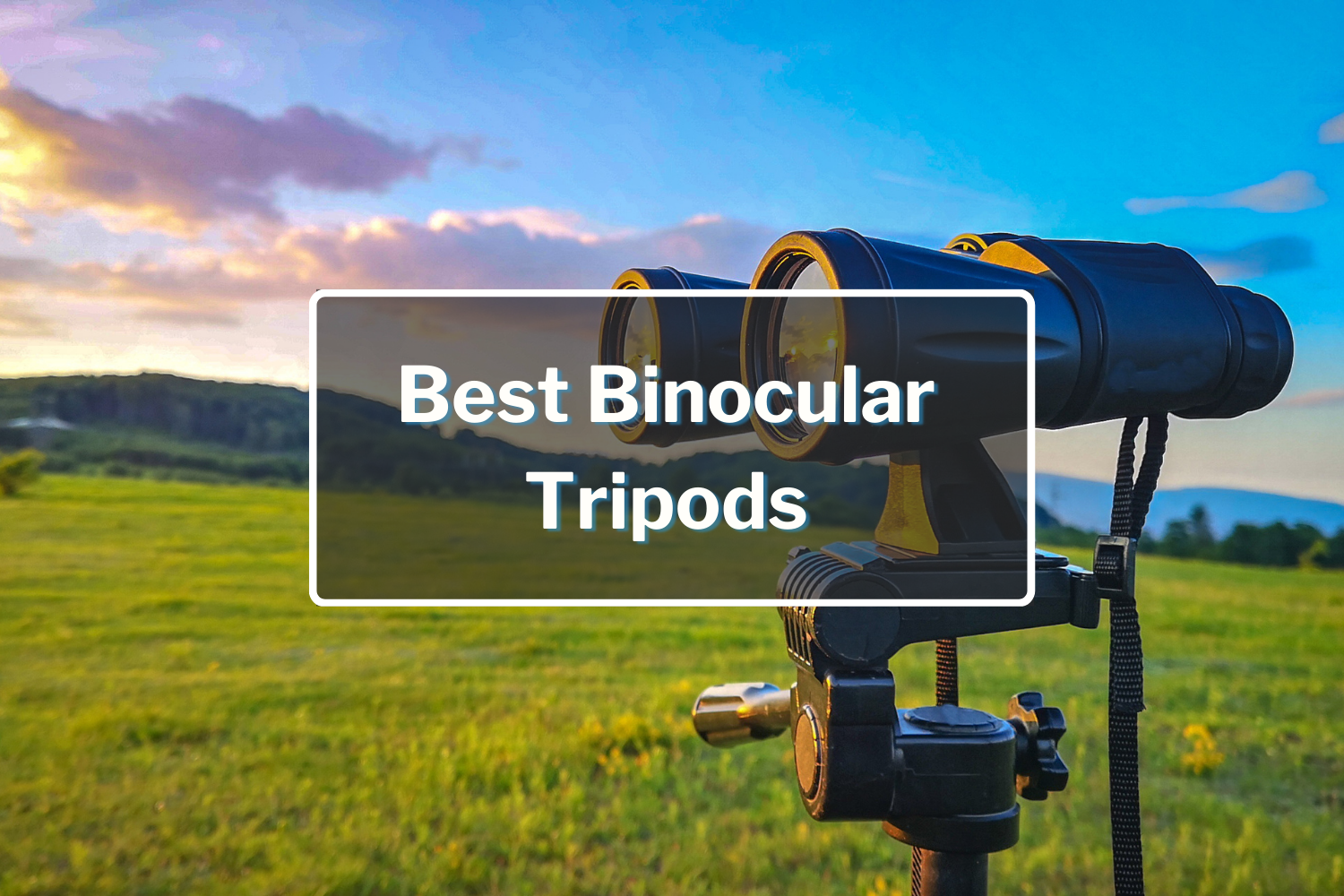Best Lenses for Astrophotography
The Complete Guide to Astrophotography Lenses and How They Can Help You Capture the Night Sky
Astrophotography is the art of taking photographs of the night sky by capturing images through space and time. It can be done with a camera, telescope, or other specialized equipment.
The first astrophotographs were taken in 1840 by French astronomer Pierre Jules César Janssen. He used a camera obscura to take photographs of sunspots on the Sun’s surface during an eclipse. Today, astrophotographers are mostly interested in documenting the stars of the Milky Way and other objects in our night sky.
What Are the Best Lenses for Astrophotography?
The best telescope lens is a focal length that has a large aperture and is not too heavy. It should have a wide enough field of view to capture the entire sky and produce sharp images.
The best lenses for astrophotography can capture the darkest, most detailed images of these objects. These lenses will capture as much light as possible and have high resolutions, so they can reproduce the smallest details in your photos.
How to Choose the Right Lens for Your Needs
The first thing you need to do is figure out what your needs are. If you want to take pictures of the night sky and stars, the first thing that comes to mind might be an astrophotography lens. But there are many different types of lenses you can use for astrophotography, and not all of them have the same purpose or qualities. If you want to take pictures of galaxies, nebulae, and other celestial objects, then a telescope lens would be more appropriate than an astrophotography lens as it has a wider field of view and better optics quality to capture these faint objects in space. If you are looking to take photos of people and events, a macro lens would be an appropriate choice.
When you are trying to decide on what kind of lens to buy, it is highly recommended that you rent a telescope for at least a day or two before deciding whether or not you want to invest in the purchase. If you haven’t already done this, consider buying a telescope kit that includes all the components needed for astrophotography. This will provide an opportunity to see the different types of lenses available and make sure they will be able to meet your needs.
Our List of Best Lenses for Astrophotography
Best for Planetary Observation
ZWO 1/3″ 2.1mm 150 degree lens - ZWO-LENS-2.1
Pros: Entry-level all Sky capture
Cons: Only works with Zwo cameras, narrow compared to others
The ZWO-LENS-2.1 is an entry-level all-sky lens that comes with a price tag of $69.95 (USD). It has a resolution of 2.1mm, which covers a field of view of 150 degrees. The ZWO-LENS-2.1 was designed to provide crisp images with minimal distortion when used on a ZWO camera. This entry-level lens is far narrower than other lenses in its category.
ZWO 2.5mm 170 degree lens - ZWO-LENS-2.5
Pros: Great for AllSky capture Cons: Only works with Zwo cameras The ZWO-LENS-2.5 is a great accessory for the avid astrophotographer. You can use the lens to capture the whole sky, and it is compatible with any camera that uses the ZWO mount. It does require a filter for DSLR cameras.
ZWO 2.8mm - 12mm Wide Angle CS-Mount Lens - ZWO-LENS-2.8-12
Pros: great for widefield and meteor capturing
Cons: Only works with Zwo cameras
The ZWO-LENS-2.8-12 is a telescope lens that produces clear and widefield images. It is great for capturing meteor showers, planets, or even the Milky Way. The only downside to this lens is that it only works with Zwo cameras, so if you are looking for something that will work with your own camera, you need to look elsewhere.
Best for Stellar Observation
TPO UltraWide 180 f/4.5 Astrophotography Lens - OS-TPO-180
Pros: Solid built, great for deep sky imaging, air-spaced triplet APO design, dual ED elements
Cons: Difficult back focus
The TPO UltraWide 180 f/4.5 Astrophotography Lens & Guide Scope is a perfect choice for deep sky imaging, the air-spaced triplet APO design ensures you get high contrast with rich colors, and the ED elements mean you avoid chromatic aberration. The lens has a back focus of 12.5 inches which can be difficult because it requires you to have a sturdy telescope mount or tripod.
Askar FMA230 Triplet APO Dual ED Telescope Lens - SS-FMA230
Pros: Corrected for Astrophotography, comes with mounting hardware
Cons: no screw-in filters for DSLR, heavier than other telescopes
The SS-FMA230 is an excellent choice for the amateur astronomer. The telescope lens has a focal length of 230mm with a focal ratio of f/5. It is corrected for astrophotography and has a built-in finder scope and mounting hardware. Unfortunately, it does not come with screw-in filters for a DSLR, a vital feature for most users. It’s also heavier than other comparable units.
Askar FMA135 Triplet APO Telescope Lens - SS-FMA135
Pros: Corrected for Astrophotography, comes with mounting hardware, built-in field flattener, incredible detail
Cons: Very sensitive focus ring
The Askar FMA135 Triplet APO Telescope is a beauty. This high-quality reflector telescope has an aperture of 135mm and is best suited for the more advanced astronomer. The triplet apochromatic objective lens focuses the light to provide incredible detail in the view, while a field flattener corrects for astrophotography. The only drawback to be noted is an extremely sensitive focus ring that may make it difficult to use this device for those not accustomed to manual focus.
The Final Word
Now that we’ve examined the competition, it’s time to decide! As you can tell, we like the ZWO Lenses for all planetary observation sightings you, our fellow astrophotographers, have planned for the future. In our opinion, TPO and Askar offer the best lenses on the market for stellar observation of the starry night sky. Regardless of which lens you choose, we wish you the best observing and hope you get the chance to spot something no other Earthling has laid eyes on!











